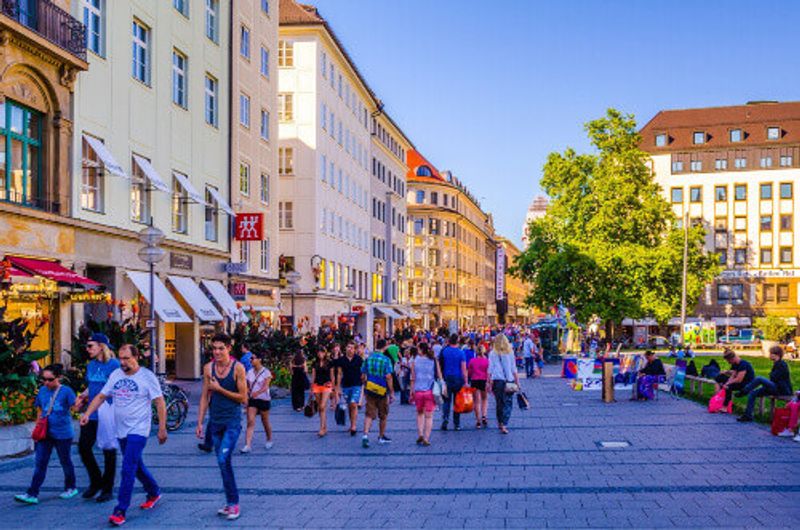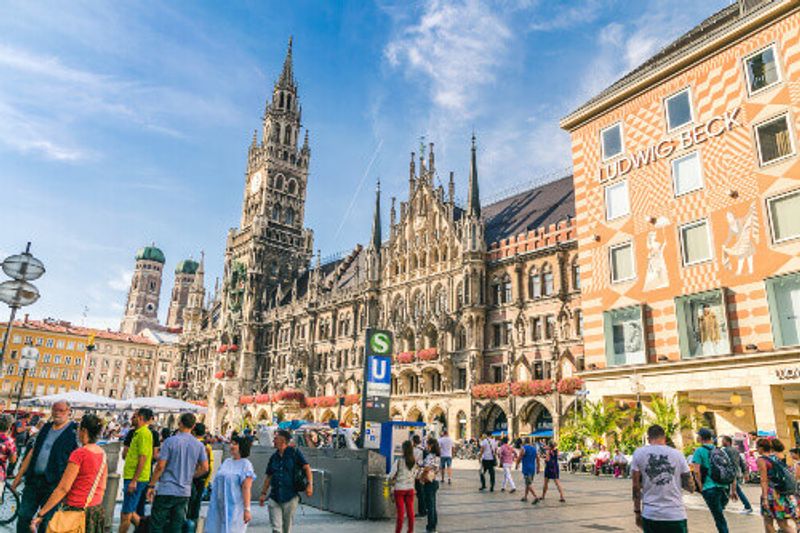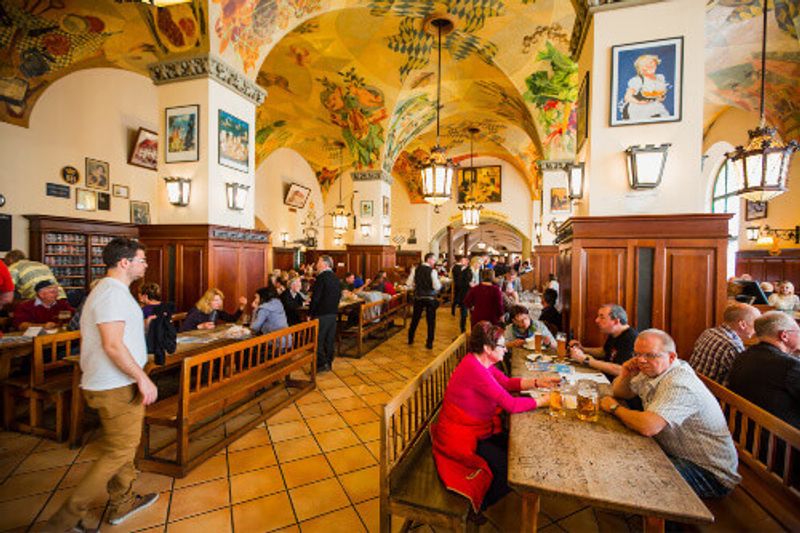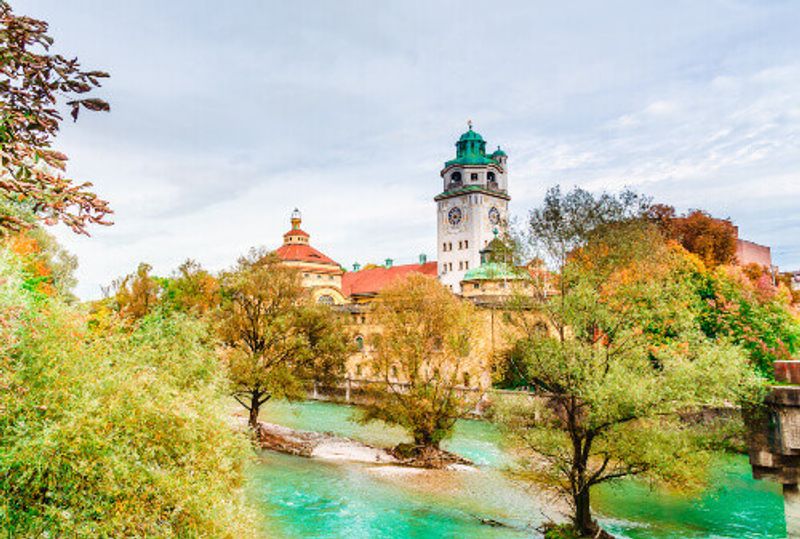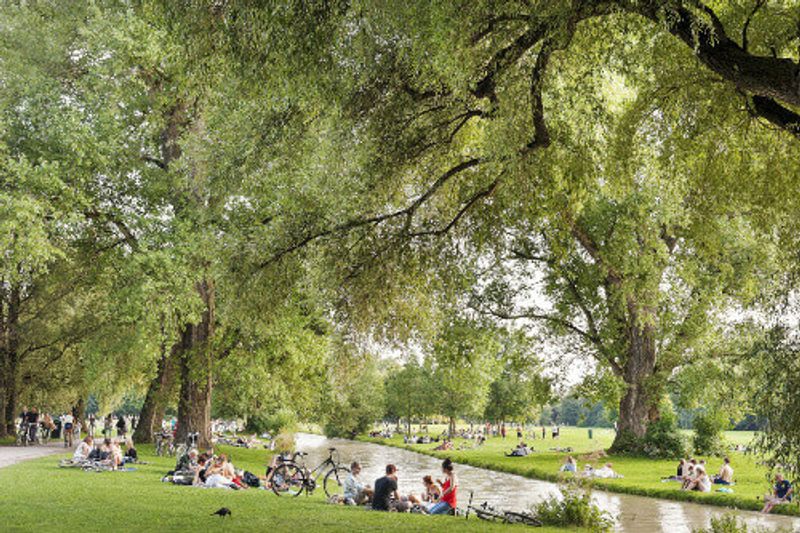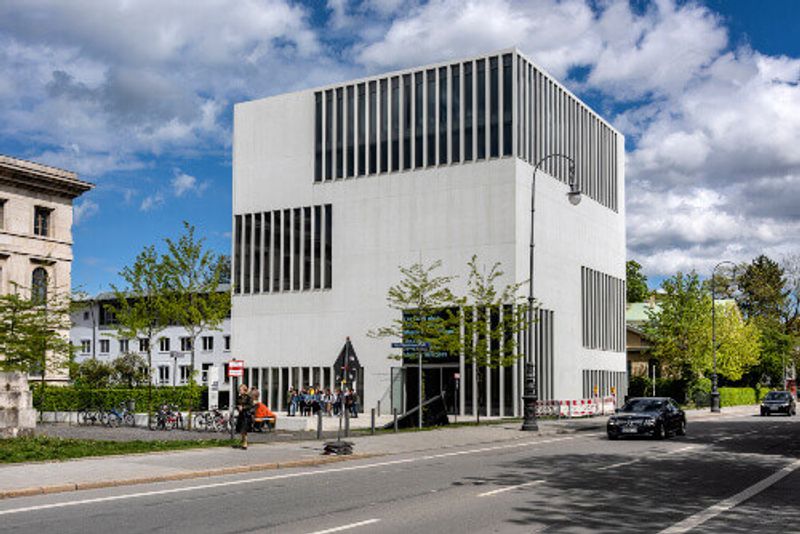From naked swimming to urban surfing, how Munich has transformed into the cool city of Germany
If Berlin is the liberal multicultural home of the hipster northern tearaway, Munich is the more conservative big Bavarian southern brother. But the country’s third largest city, has recently shaken off its staid image. It has a fantastic cultural scene, amazing traditional and modern architecture, it is home to many of Germany’s biggest brands not to mention has the best food (and beer!) options of anywhere in Germany.
Because of this Munich ranked as one of the world’s most liveable cities and is certainly one of the best to visit, too.
Munich is the capital of Bavaria and is also home to the Oktoberfest. It has a history dating back to the 12th century but the vast majority of the city’s traditional architecture was sadly destroyed by Allied bombing during WWII.
Marienplatz is the main square, which dates back to 1158, and like many German towns, is flanked on one side by the New Town Hall or Neues Rathaus that still houses most of the city’s government offices. It was here that markets were held as well as festivities, tournaments and big public events. Every day at 11am, 12 noon and 5pm, carved wooden figures appear in a tower alcove of the New Town Hall and perform musical renditions and re-enact jousts that would have occurred in the square during the 16th century. Known as the Glockenspiel it coincides with the ringing of the bells (think of a massive cuckoo clock).
Marienplatz is still the home of Munich’s famous Christmas market held every December, and on one side of the platz is the Mariensäule column. At the top stands a gilded statue of the Virgin Mary, looking over the Square that has taken her name.
Much of the area around Marienplatz was rebuilt after WWII, retaining the Gothic revival style that was originally there, and just around the corner is the Hofbräuhaus, a beer hall that has been serving jugs of beer and platters of roast meats since the 16th century. The Hofbräuhaus is one of the city’s most famous institutions and a recognised brewery that sells its beers around the world. You couldn’t get more of an authentic beer hall experience with staff dressed in traditional Bavarian dirndl and lederhosen and a brass band playing ‘ompa pompa’ music. Weekends get very busy with long waits for a table and whilst there are many beer halls in Munich there are few as authentic as this one.
While they like their beer, the Bavarians also take their swimming seriously, too. Often sunbathers can be found tanning on the banks of the River Isar in the summer months. The art nouveau Müller'sches Volksbad building here, dates back to 1901 and houses a swimming pool for all seasons. It also has Roman steam baths and Finnish sauna – and like most of German spas – swimwear is prohibited.
Many sunbathers prefer to strip off along the banks of the river in the English Garden. The largest of the city’s many parks the English Garden is, in fact, one of the largest urban parks in Europe.
Named after the 18th style of garden design (and inspired by the famous landscape architect Capability Brown) it houses a Japanese tea house, a Chinese tower, a Greek style temple Monopteros, and of course several beer gardens. Most surprisingly it also has an area where people come to surf. The current created where two man-made waterways join is strong enough for surfers to ride the waves.
Germany’s ability to address and openly discuss its history is to be highly commended and the NS-Dokumentationzentrum – a museum featuring a collection of Nazi documents and histories of anti-Semitism and racism are a sober reminder of Germany’s past that gives visitors pause for thought. This serene museum also showcases some of the city’s outstanding minimalist contemporary architecture that has been created in the post-war era. Not to be outdone is the uber-modern Museum Brandhorst – its sleek exterior is matched by the open galleries inside showcasing some of the world’s best contemporary art.
